Long-Tailed Giant Ichneumonid Wasp
Paper Wasp
Wasps get a bad rap. They sting, and they not as glamorous as a bee that makes honey.
Wasps matter a lot because they play an important role in a healthy environment. Paper Wasps (Polistes dominulus), also known as Umbrella Wasps, are predatory and are at the top of the invertebrate food chain. Along with other wasps, Paper Wasps protect lower invertebrate species and plants. They work as generalist pollinators, like bees, to move pollen from one plant to another.
Paper wasps are social and will create a nest each year. The queen will emerge from the ground where she spends the winter and will build a nest using chewed wood pulp. The first generation of wasps she produces consists of worker wasps who feed on nectar. She will then concentrate on laying more eggs. The worker wasps feed the larva masticated caterpillars, flies, and other residential and agricultural pests. Vegetable gardeners love these flying predator Paper Wasps since they provide free and natural pest control. Like a bee or spider, the sting can be life-threatening to those who are allergic. However, Paper Wasps usually do not attack unless they are provoked or feel threatened. Unlike the honey bee, the Paper Wasp’s stingers are smooth and can sting more than once. Running and quick movements can be mistaken as an attack on the wasp. When you encounter a Paper Wasp, raise your hands slowly to protect your face, and walk away slowly.
According to Seirian Sumner, a senior lecturer in Behavioral Biology at the University of Bristol, ‘They may be a nuisance on a sunny day – but a world without wasps would be an ecological and economic disaster.’
Photo Credit: Dan Kon

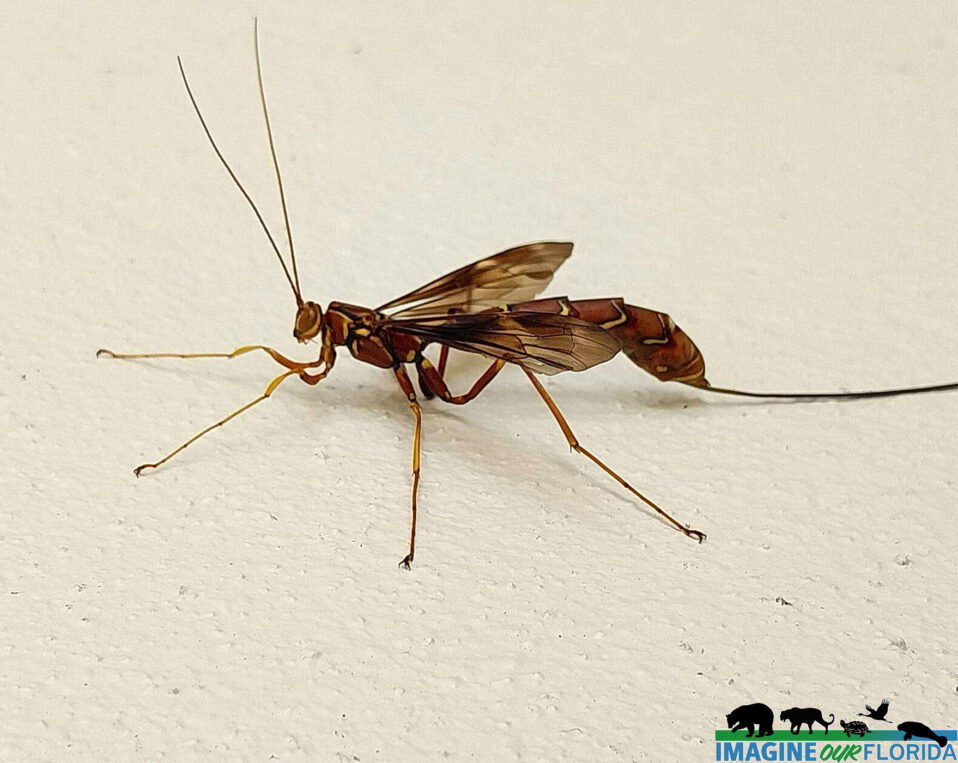
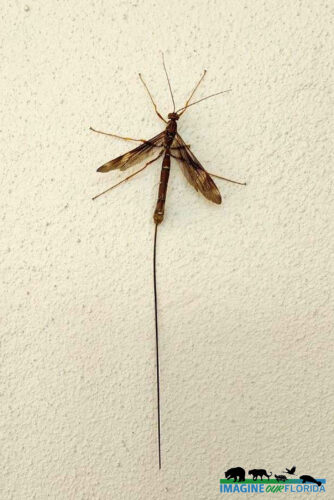
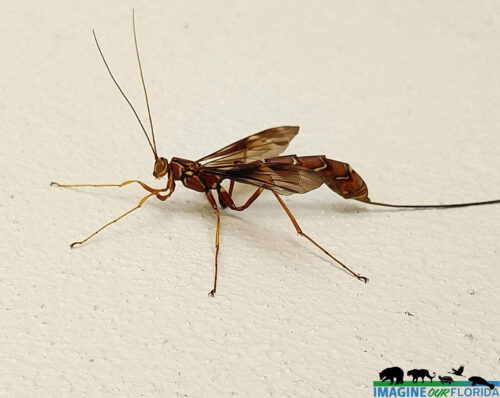
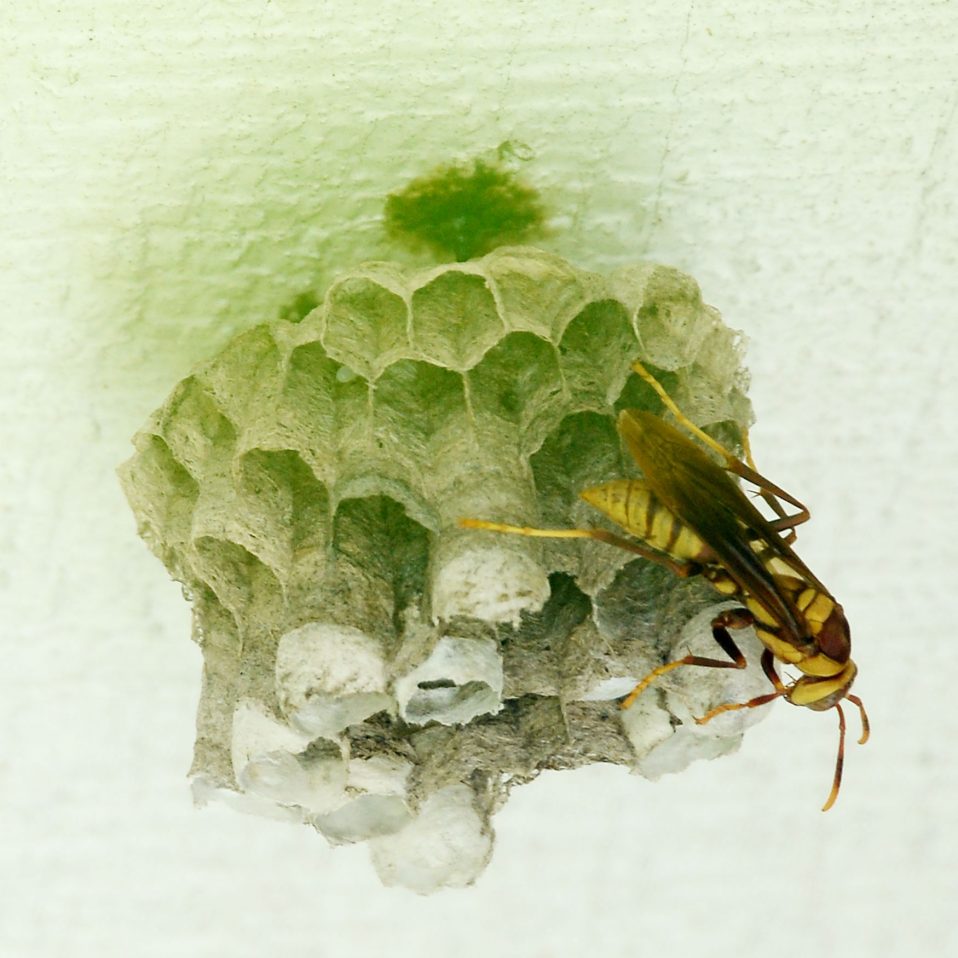
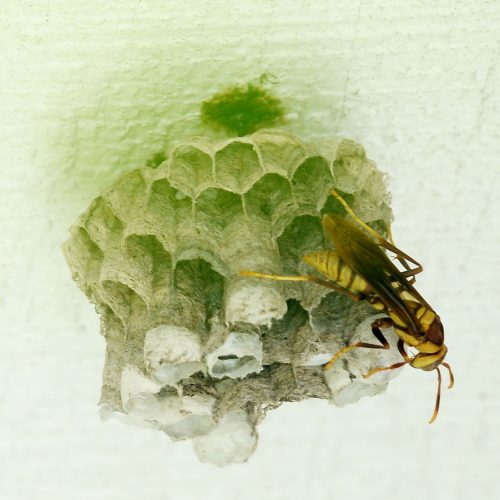
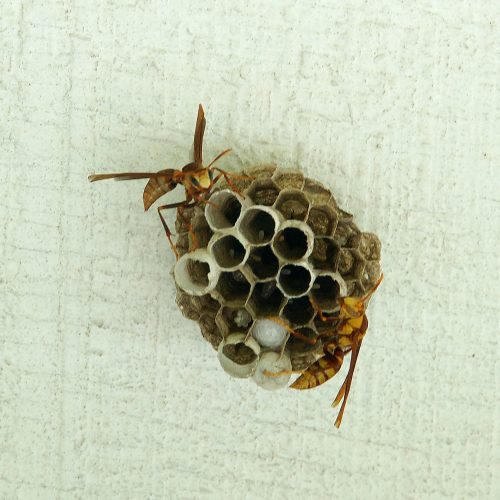
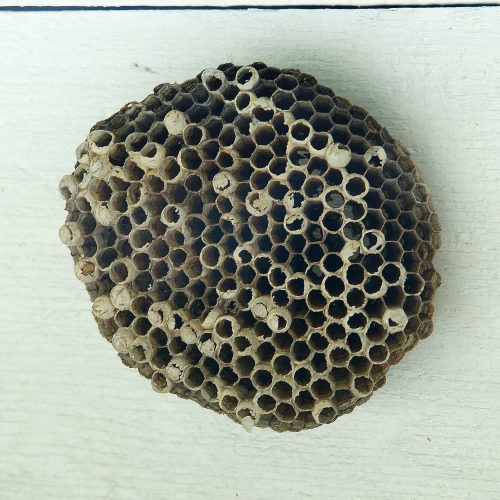
Recent Comments